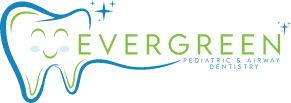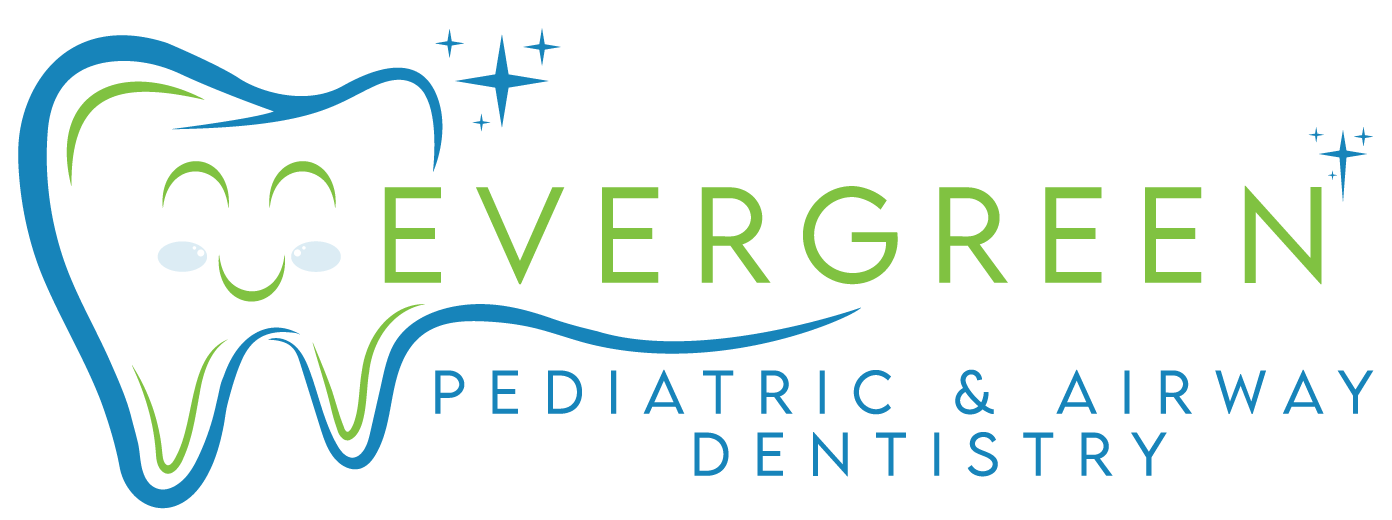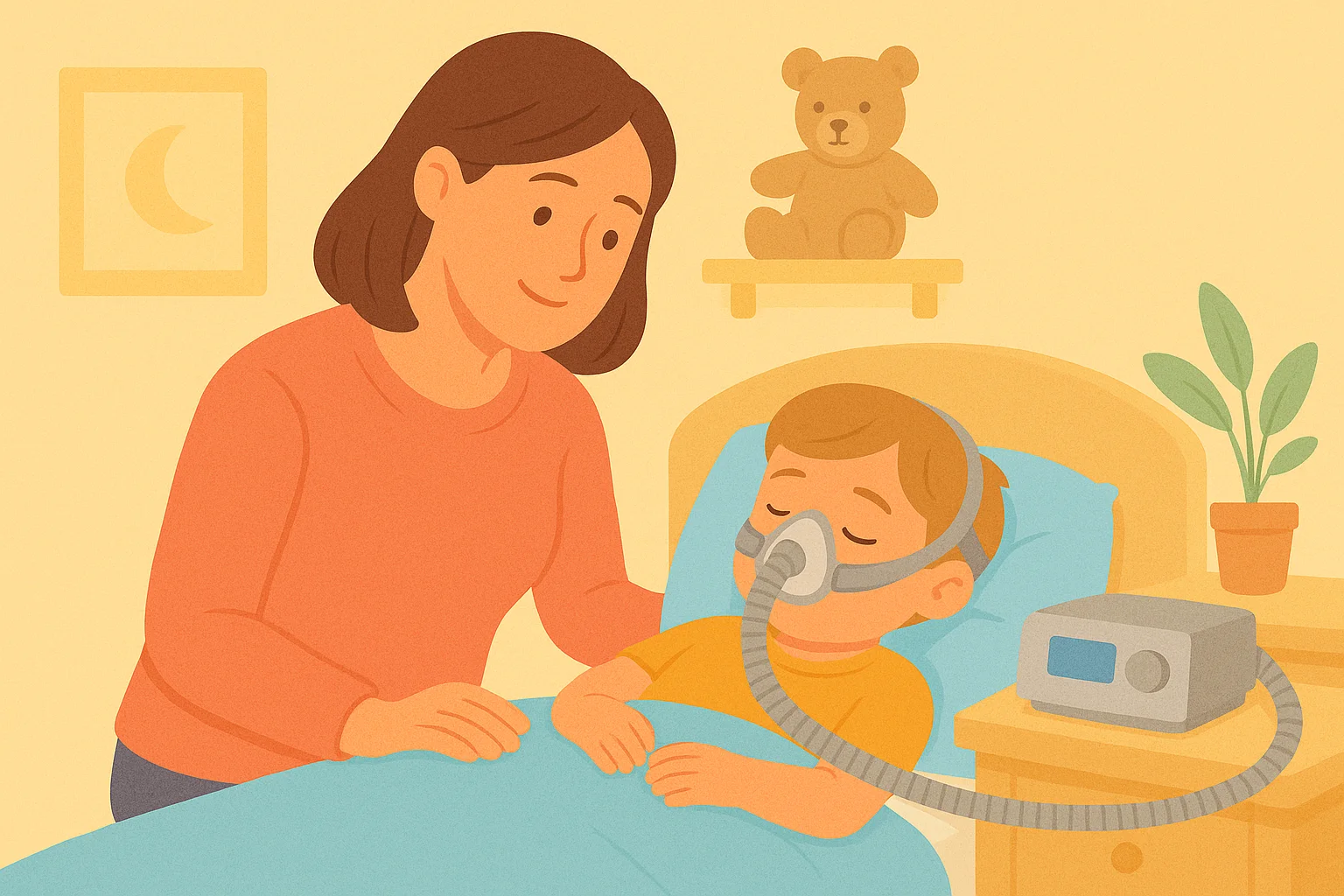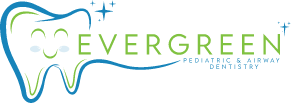Rethinking How We Treat Sleep Apnea with Positional Therapy an Oral Appliances.
Sleep apnea doesn’t just keep you up at night—it wears you down throughout the day. For millions of Americans, obstructive sleep apnea (OSA) robs them of the deep, restorative rest they need to stay energized, focused, and healthy. Traditionally, the go-to treatment has been the CPAP machine, but while effective, it’s not always well-tolerated. That’s where oral appliance therapy comes in. Comfortable, portable, and easy to use, these dental devices are rapidly changing how sleep apnea is managed.
At Evergreen Pediatric & Airway Dentistry, we take a personalized approach to treating OSA. We understand that no two airways are exactly alike, which is why we offer custom-fitted oral appliances backed by years of dental sleep medicine expertise. In this guide, we’ll explore how sleep apnea affects your health, how oral appliances work, and why they may be the most user-friendly solution to a better night’s sleep.
Understanding Obstructive Sleep Apnea (OSA)
Obstructive sleep apnea occurs when muscles in the throat relax too much during sleep, blocking the airway and causing repeated pauses in breathing. These interruptions can last several seconds and occur dozens—or even hundreds—of times a night. With each episode, oxygen levels drop and sleep is disrupted, even if the person doesn’t fully wake up.
The signs and symptoms of OSA are varied but often include chronic snoring, morning headaches, dry mouth, gasping during sleep, and excessive daytime fatigue. Children with OSA may also experience behavioral issues or poor academic performance. Over time, untreated sleep apnea contributes to serious health risks such as high blood pressure, heart disease, stroke, Type 2 diabetes, and cognitive decline.
Because the symptoms can be subtle or mistaken for other conditions, OSA often goes undiagnosed. Dental professionals trained in sleep medicine, like Dr. Azuma, can spot early warning signs during routine checkups—such as a small jaw, scalloped tongue, or wear from teeth grinding—and recommend appropriate next steps, including a sleep study if needed.
How Oral Appliances Work for Sleep Apnea
Oral appliance therapy involves the use of specially designed devices worn during sleep that reposition the jaw or tongue to keep the airway open. These appliances help prevent airway collapse and improve airflow throughout the night, minimizing or eliminating apneic episodes and reducing snoring.
There are two main types of oral appliances. Mandibular advancement devices (MADs) work by gently moving the lower jaw forward, creating more space in the airway. Tongue-retaining devices (TRDs), on the other hand, hold the tongue in a forward position using gentle suction, preventing it from falling back and blocking the throat. Each device is customized to fit the patient’s oral anatomy for maximum comfort and effectiveness.
Key Benefits of Oral Appliances:
Before diving into the advantages, it’s important to recognize that comfort and usability are critical for treatment success. Oral appliances stand out in several ways:
- Custom fit: Designed to match your unique dental structure for optimal comfort and performance.
- Portability: Compact, easy to pack, and ideal for travel—no cords or bulky machinery.
- Noise-free: Unlike CPAP machines, oral appliances are completely silent.
- Simple routine: Easy to wear and clean, making compliance more likely.
Thanks to their convenience and ease of use, oral appliances are often preferred by patients who find CPAP intolerable. Dr. Azuma ensures that every appliance is fitted precisely through digital scans and impressions, with follow-up appointments to fine-tune the fit and make adjustments as needed.
Comparing Oral Appliances to CPAP and Other Treatments
While CPAP (Continuous Positive Airway Pressure) therapy remains the gold standard for treating moderate to severe sleep apnea, it doesn’t work for everyone. Discomfort, noise, facial irritation, and travel limitations often lead to poor compliance, rendering the therapy less effective in practice—even though it may be technically superior in controlled settings.
Oral appliances offer a viable alternative. For patients with mild to moderate OSA or those who can’t tolerate CPAP, these dental devices can deliver comparable results in terms of symptom relief and sleep quality. Most notably, patient adherence is significantly higher with oral appliances, which often translates into better outcomes in the real world.
How Do Treatments Compare?
Each treatment comes with its own set of benefits and drawbacks. Here’s how oral appliances measure up:
- CPAP: Highly effective when used consistently, but adherence is a challenge.
- Oral Appliances: Less invasive, better tolerated, and more likely to be used nightly.
- Surgery: Offers permanent anatomical changes but involves risks and extended recovery.
Ultimately, the best treatment is the one you’ll actually use. With their ease of use and comfort, oral appliances often become the preferred option for patients looking for sustainable, effective sleep apnea relief.
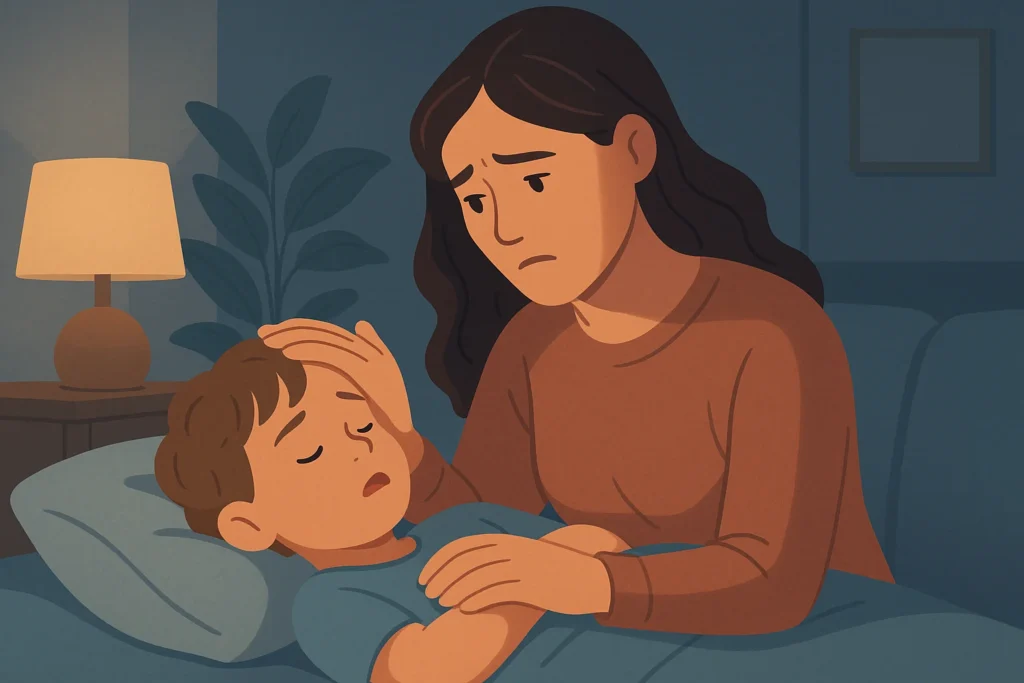 Patient Experience and Long-Term Outcomes
Patient Experience and Long-Term Outcomes
The journey to better sleep with an oral appliance starts with a comprehensive consultation. During your first visit, Dr. Azuma reviews your sleep and medical history, examines your airway and jaw structure, and discusses your symptoms. If a sleep study hasn’t been performed yet, he’ll coordinate a referral to a sleep physician for diagnosis.
Once OSA is confirmed and oral appliance therapy is recommended, we take digital impressions of your teeth and bite. These scans are used to craft a custom device tailored to your unique anatomy. When your appliance is ready, we conduct a fitting session, instruct you on proper use and care, and schedule follow-up visits to ensure everything is working smoothly.
What Can Patients Expect?
Patients often report a significant improvement in sleep quality within the first few nights. As therapy progresses, they typically experience:
- Reduced snoring and sleep interruptions
- Less daytime fatigue and improved focus
- Better mood, emotional regulation, and relationships
- Long-term improvements in blood pressure and heart health
Mild side effects such as jaw discomfort or excessive salivation may occur initially but are usually short-lived. Any changes in bite alignment are monitored and addressed promptly during follow-ups.
Dr. Susan’s Expertise in Dental Sleep Medicine
With decades of experience in general and dental sleep medicine, Dr. Azuma brings a high level of expertise to each case. He stays up to date with the latest research and technology in the field and is a member of professional organizations like the American Academy of Dental Sleep Medicine (AADSM).
Dr. Azuma’s practice emphasizes a collaborative model of care. He works closely with board-certified sleep physicians, primary care doctors, and ENTs to ensure every patient receives comprehensive, coordinated treatment. This team-based approach results in better diagnostics, better follow-up, and ultimately, better outcomes.
In addition to expert care, our practice is committed to accessibility. We accept most insurance plans that cover oral appliance therapy and offer flexible payment options for out-of-pocket costs. Our staff is trained to walk you through the coverage process, so you feel confident about your care every step of the way.
Choosing the Right Path Forward
Every case of sleep apnea is different. That’s why a one-size-fits-all approach doesn’t work. At Dr. Azuma’s practice, we start by listening to your concerns, understanding your lifestyle, and conducting a thorough evaluation to determine whether an oral appliance is right for you.
Whether you’re newly diagnosed or have struggled with CPAP in the past, our team is here to guide you through the process. We prioritize comfort, ease of use, and long-term success—and we’re always available to answer questions, provide education, and adjust treatment as needed.
When Oral Appliances Make the Most Sense:
- You have mild to moderate OSA
- You’re CPAP-intolerant or non-compliant
- You travel frequently and want a portable solution
- You value quiet, low-maintenance therapy
If you see yourself in any of these scenarios, it may be time to explore oral appliance therapy. At our clinic, better sleep is not just a goal—it’s a reality we help patients achieve every day.
Conclusion: A Simpler Way to Sleep Better
Sleep apnea is a complex condition, but your treatment doesn’t have to be. With expert guidance and a personalized oral appliance, many patients experience profound improvements in sleep, energy, mood, and overall health—without the bulk or hassle of a CPAP machine.
At Evergreen Pediatric & Airway Dentistry in Kirkland WA, Dr. Susan Kim is redefining what sleep apnea care can look like: simpler, smarter, and more human. If you’re ready to breathe easier and sleep deeper, schedule a consultation today. Your best night’s sleep could be just one custom device away. Schedule your child’s consultation today!
Evergreen Pediatric Dentistry
https://www.google.com/maps?cid=14720788683151219551
12910 Totem Lake Blvd NE #103, Kirkland, WA 98034, United States
(425) 814-3196
https://evergreenkidsdentist.com/
FAQs
Is oral appliance therapy safe for long-term use?
Yes. Oral appliances are FDA-approved and considered safe for long-term use when fitted and monitored by a qualified provider. Regular dental visits ensure continued effectiveness and help manage any potential side effects.
Can I travel with an oral appliance?
Absolutely. Oral appliances are small, lightweight, and require no electricity, making them ideal for travel—especially when flying or staying in remote areas.
What if the appliance doesn’t completely stop my symptoms?
Sometimes the appliance needs adjustments (titration) to improve effectiveness. If symptoms persist, we may recommend a repeat sleep study or collaborate with your physician to explore combination therapy.
